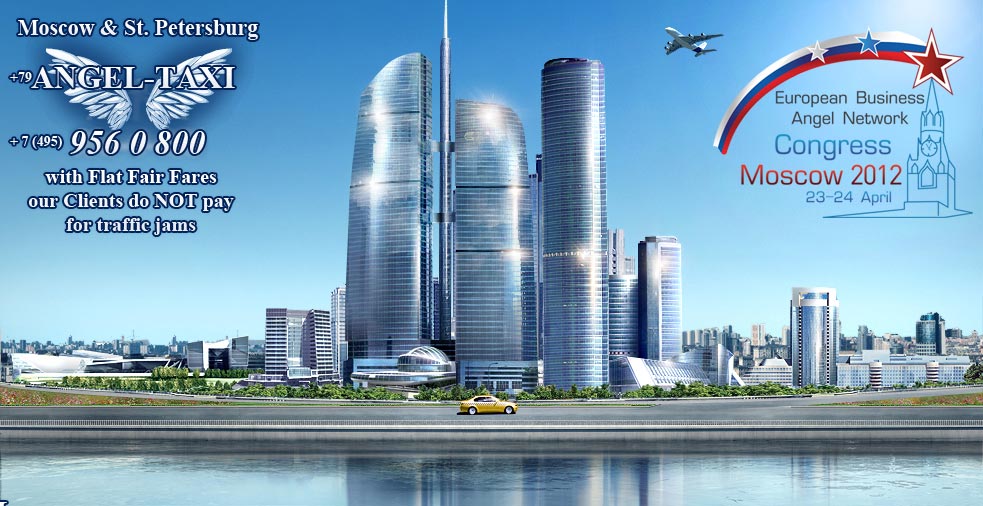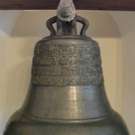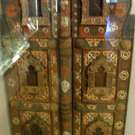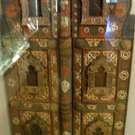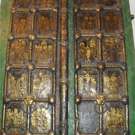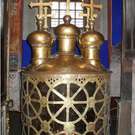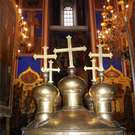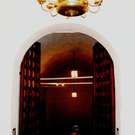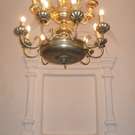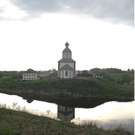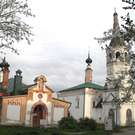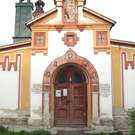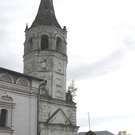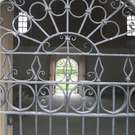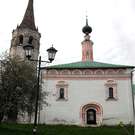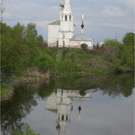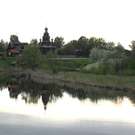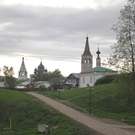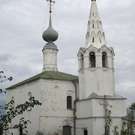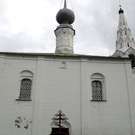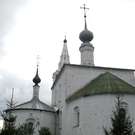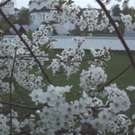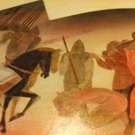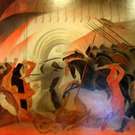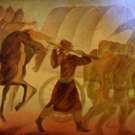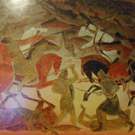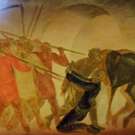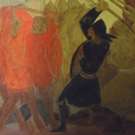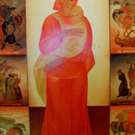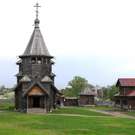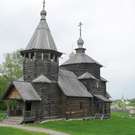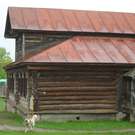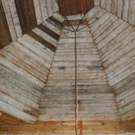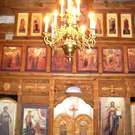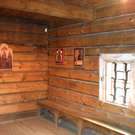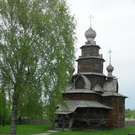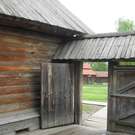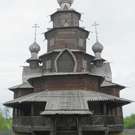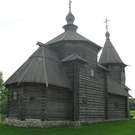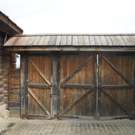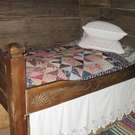Suzdal Tour from Moscow with guide 2023.
Suzdal Tour is a Golden Ring Tour. In Suzdal Tour we visit this ancient town, part of the Golden Ring route. Suzdal Tours incl. visits to Suzdal Kremlin, nice churches, vistas, delights for the eyes and ears, the museum of wooden architecture. Suzdal was the capital of several Russian counties. Excavation sites in Suzdal show there was a settlement there as early as in the X c. We will not be able to visit those sites in our Suzdal Tour of Golden Ring Tour. However, just as they show that in the X c. Suzdal was a rich land so our Suzdal Tour will show you the gems of Suzdal. Suzdal is 220 km east of Moscow. Now Suzdal is the admin. center of Suzdal Area. It forms part of the Golden Ring tour, 2nd to the tour to Sergiev Posad. The latter is 3.5x closer to Moscow than Suzdal. That is why it takes less travel time, money. Think of it you have to choose.
The past of Suzdal before taking Suzdal Tour.
In 1107 Volga Bulgarians came on Suzdal. After it Monomakh built the 1st Christian church of Suzdal. It was the church of Assumption. (Learn more of the famous cap of Monomakh in the Moscow Kremlin Tour).
Y. Dolgorukiy ran Suzdal county after Monomakh. (Learn of his ‘founding’ Moscow in Moscow City Tour). He called Suzdal the capital. In our Suzdal Tour you will see the oldest church of North Eastern Rus there. He also took the Kamenka River till Suzdal under his control. After many enemy invasions and local revolts he built ramparts in Suzdal. They have survived. We will see them in our Suzdal Tour. Craftsmen started to come to Suzdal.
Then A. Bogolyubsky moved the capital from Suzdal. He built a cloister and world known church. We can visit it on our Vladimir Tour.
After his death, people of Suzdal tried to get independent from Suzdal, but failed.
Mongol-Tartar invasion of 1237-1238 did not pass over Suzdal. Mongol hordes raided Suzdal. Suzdal was burnt and plundered. Almost all people of Suzdal were killed or captured. In 1257 Suzdal was laid under tribute. In those years Suzdal became a centre of religious life.
In 1392 the Horde entitled Moscow prince Vasili to Suzdal county. It meant the end of Suzdal’s independence. By early XVI c. Suzdal was under the reign of Moscow. Icon painters, chasers came to Suzdal. Trading quarter Posad was built on the east of Suzdal. We will see it on our Suzdal Tour.
Polish-Lithuanian invaders destroyed Suzdal in early XVII c. In 1608 they took Suzdal and burnt it. It left a visible mark on Suzdal’s image. In 1611 they destroyed Suzdal again. Traces of those tragic events remained in the image of Suzdal and in the memory of the people of Suzdal for a very long period of time. Suzdal took part in a struggle against the invaders. Russian peoples’ volunteer army was co-led in 1612 by D. Pozharsky, a count of Suzdal. You can see him in Red Square tour.
XVII c. was the worst period for Suzdal. In early XVII c. Suzdal saw bad harvests and peasants’ mutinies. In 1634 Crimean Tatars came to Suzdal. In 1644 the town was given away as a dowry for Irina, the daughter of Russian tsar Mikhail Romanov. A fire of 1646 destroyed Suzdal and pox of 1654 halved the population of Suzdal.
After those misfortunes of the 1st half of XVII c., Suzdal came alive again. N. Beklemishev was sent to Suzdal from Moscow. He raised new walls with towers around the Suzdal Kremlin. Prior to that he took part in the construction of Moscow Kremlin.
In 1708 Suzdal became a district town of Moscow area of 9 provinces. Suzdal became a centre of a province. In 1714 the 1st school in Suzdal was opened. In 1720 D. Vinogradov was born in Suzdal, inventor of Russian china.
The early XVIII c. was hard for Suzdal. Peter the 1st started the Northern War and St. Petersburg construction. They required from Suzdal people and money. Suzdal monasteries had to give their peasants for works. In 1719 vast fires happened in Suzdal.
Yet people rebuilt Suzdal. Monastery construction in Suzdal went down. Churches in Suzdal became stone. In 1776 Suzdal became a district town and got a new coat of arms. It was the white falcon on a blue field.
In 1788 in the time of Catherine II, a new general plan of Suzdal was designed. After reconstruction Suzdal borders included not only old central part, but also monasteries and trade suburbs. A new straight street was built – Vasilyevskaya, after a name of a monastery. We will visit it on Suzdal Tour.
In 1806-1811 Trading Rows (included in Suzdal Tour) were built in the centre of Suzdal, where foreigners traded too. The main street of Suzdal became a place where native merchants constructed their buildings, some of which have been preserved and is now the centre of Suzdal tours.
Families of Suzdal farmed mostly and had vegetables and fruit gardens which you can still see nowadays during the Suzdal Tour. They took about 1 ton of fresh vegetables for a market every year, excluding potatoes and cabbages. Also crafts were developing here just as well as in Sergiev Posad.
Nicolas II family’s tour of Suzdal in 1913 became the last memorable event in Suzdal history before 1917.
The end of WWII gave relief to people but not to historical monuments of Suzdal. The reconstruction of Suzdal monuments was often followed by using them for domestic needs again. In early 1960-s Suzdal started attracting more tourists; guided group tours to Suzdal started to arrive from Moscow. In 1961-1963 a new road to Suzdal was built. It made tours to Suzdal from Moscow easier.
Mid 1960-s saw an inrush of tourists to Suzdal. Most of them were foreign tourists on Golden Ring tours. Number of tourists rose every year. In 1967 Suzdal was toured by 366 k tourists. 2 years later over 700 k toured Suzdal. Now over a mln. tourists p.a. tour Suzdal. It is 2x less than Sergiev Posad.
